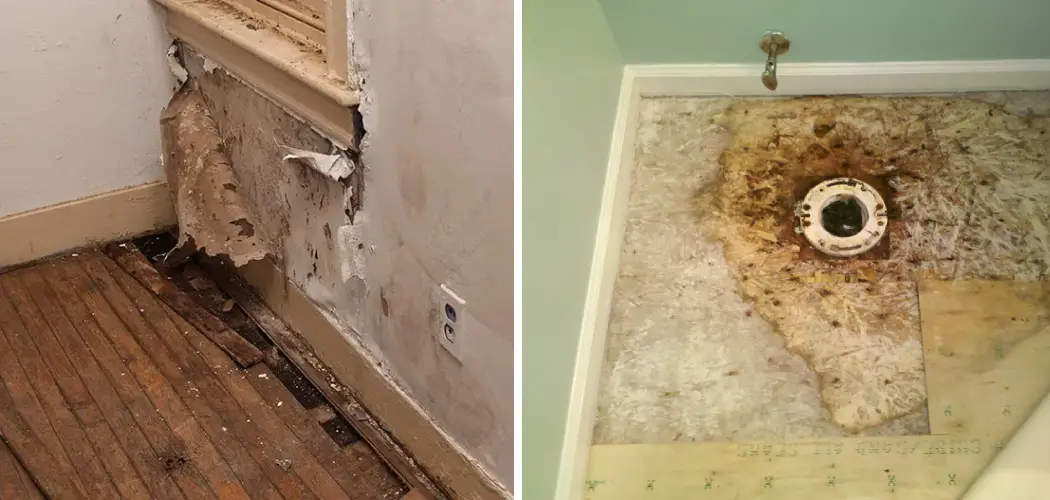If you are experiencing subfloor water damage, it is important to address the issue as soon as possible. Ignoring the problem can lead to expensive repairs and potentially hazardous living conditions. In this section, we will discuss why you should learn to fix subfloor water damage.
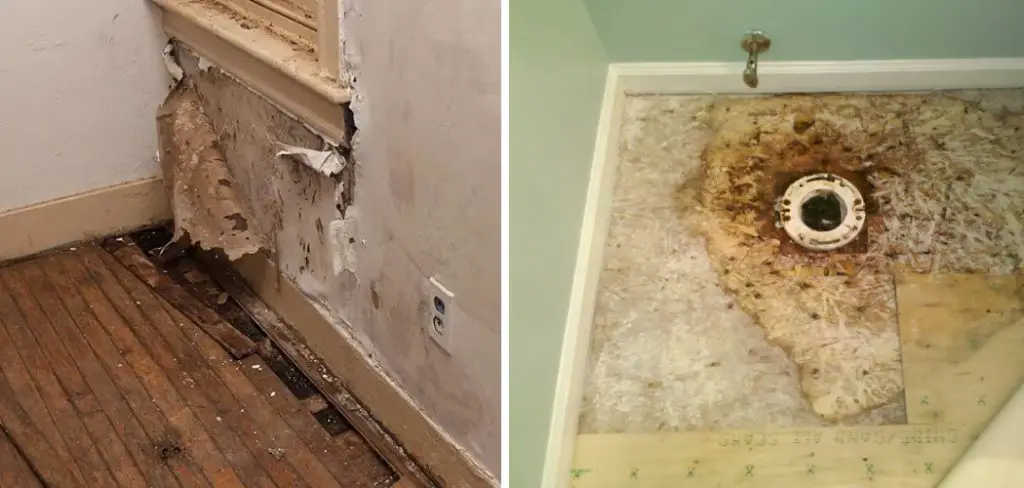
The main advantage of fixing subfloor water damage is that it can save you a significant amount of money. Water damage to the subfloor can weaken the structure of your home and lead to costly repairs if not addressed promptly. By learning to fix subfloor water damage, you can prevent further damage and potential hazards in your home. In this blog post, You will learn in detail how to fix subfloor water damage.
Tools You Will Need
- Chisel
- Hammer
- Pry Bar
- Putty Knife
- Vacuum Cleaner
- Fan or Dehumidifier
- Sawzall/Reciprocating Saw
- Drill with Bit Set
- Utility Knife
- Scraper
Step-by-step Instructions for How to Fix Subfloor Water Damage
Step 1: Inspect the Damage
First, carefully inspect the subfloor to determine the extent of the water damage. Look for any signs of discoloration, warping or mold growth on the subfloor.
Step 2: Identify the Source of Water
Next, you need to identify the source of water that caused the subfloor damage. This could be a burst pipe, leaky roof, or a plumbing issue. Fixing the source of water will prevent further damage to your subfloor.
Step 3: Remove the Damaged Materials
Remove any furniture, appliances or other items that are sitting on top of the damaged area. Then, carefully remove all damaged flooring materials including carpet, hardwood, or tile. Using a dehumidifier or fans, dry out the affected area completely. This will prevent any potential mold growth and further damage to the subfloor.
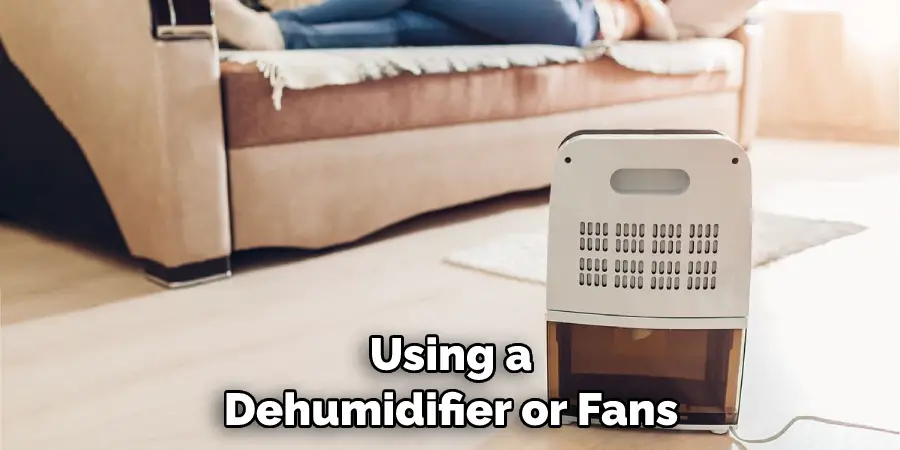
Step 4: Remove Mold if Present
If you notice any signs of mold on the subfloor, use a mixture of water and vinegar to scrub away the mold. Make sure to wear protective gear while handling mold. Using a circular saw, cut out the damaged portion of the subfloor. Make sure to remove any nails or screws that are attaching it to the floor joists.
Step 5: Install New Subflooring Materials
Measure and cut new subflooring materials to fit the area where you removed the damaged subfloor. Make sure to leave a small gap around the edges for expansion. Using construction adhesive and screws, secure the new subflooring in place. Make sure it is level with the existing subfloor.
Step 6: Replace Flooring Materials
Once the new subfloor is installed, you can replace the flooring materials that were removed earlier. Finally, make sure to properly seal any gaps or seams in the subfloor. You can use caulking or wood filler for this step. Once everything is dry, you can repaint or refinish the flooring as needed.
By following these step-by-step instructions, you can effectively repair subfloor water damage and prevent any further issues. Remember to regularly inspect your subfloor for any signs of damage and address the issue promptly to avoid costly repairs in the future.
Precautions for How to Fix Subfloor Water Damage
- Make sure to turn off any power sources before starting repairs.
- Use proper safety gear such as gloves, eye protection, and a dust mask while working.
- If mold is present, use a respirator mask or hire a professional for removal.
- Use safe and stable ladders or scaffolding when accessing the subfloor area.
- Avoid using electrical tools near water-damaged areas.
- Keep the work area well ventilated and avoid prolonged exposure to any fumes from cleaning products or mold.
- Have a first aid kit handy in case of any accidents.
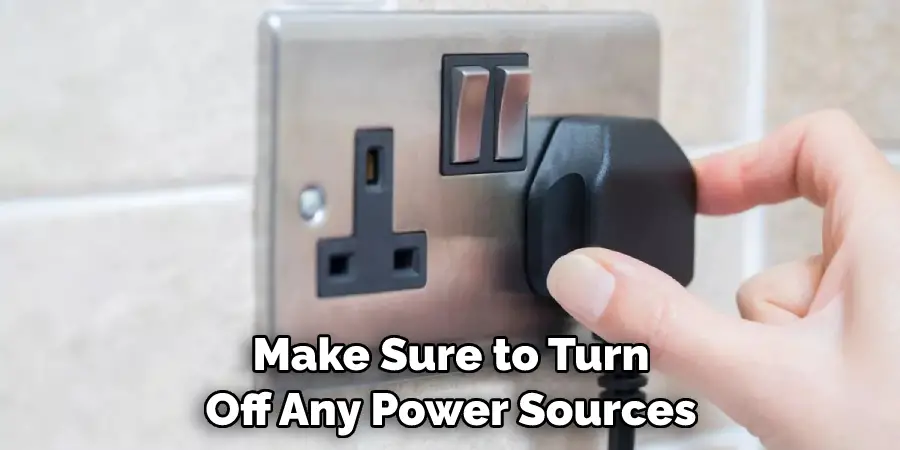
By following these precautions, you can ensure a safe and successful repair of your subfloor water damage. Remember to prioritize your safety at all times while working on any home improvement project.
How Can You Prevent Subfloor Water Damage From Occurring?
Subfloor water damage can be a major headache for homeowners. It not only weakens the structural integrity of your home, but it also creates an environment for mold and mildew to thrive in. If left untreated, subfloor water damage can lead to costly repairs and potential health hazards. But how do you know if your subfloor has been affected by water damage? Here are some signs to look out for:
1. Warping or Buckling of the Flooring
One of the most obvious signs of subfloor water damage is warping or buckling of your flooring. This occurs when moisture seeps into the subfloor and causes it to expand, pushing against your flooring and creating a visible change in its shape.
2. Discoloration or Stains on Flooring
If you notice any discoloration or stains on your flooring, it could be a sign of water damage. This is especially true if the affected area is soft to the touch or has a musty smell.
3. Mold Growth
As mentioned earlier, subfloor water damage creates an ideal environment for mold and mildew to grow. If you see any signs of mold growth on your flooring or walls, it could be an indication of subfloor water damage.
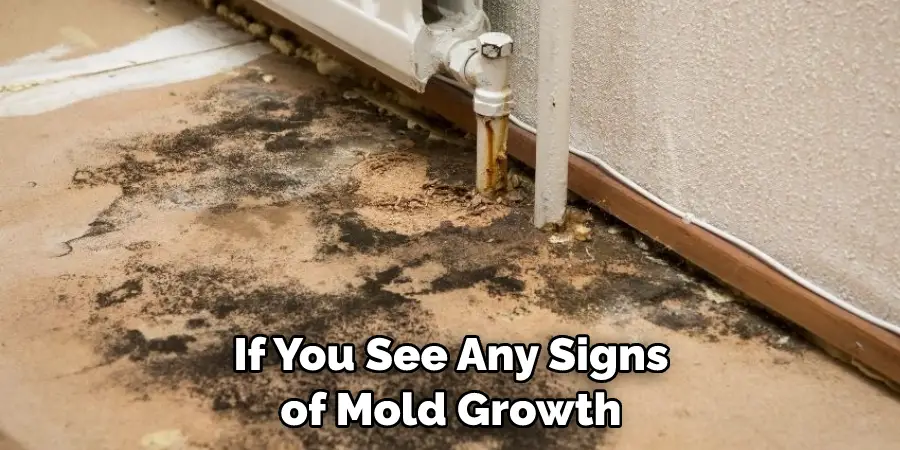
4. Spongy or Soft Spots
If you feel any spongy or soft spots under your flooring, it could be a sign of water damage. This is caused by the weakening of the subfloor due to prolonged exposure to moisture.
If you notice any of these signs, it’s important to address the issue immediately. By doing so, you can prevent further damage and ensure the safety of your home.
Are There Any Specific Techniques or Methods for Repairing Subfloor Water Damage?
Subfloor water damage can be a frustrating and costly problem for homeowners. The main culprit behind this type of damage is usually a leak from plumbing fixtures or appliances, which leads to standing water on the subfloor. This can cause the subfloor to become weakened and eventually rot, leading to structural issues and potential health hazards.
If you are dealing with subfloor water damage, you may be wondering if there are any specific techniques or methods for repairing it. The answer is yes, there are a few key steps that can help you effectively fix subfloor water damage and prevent it from recurring in the future.
1. Identify the Source of the Water Damage
The first step in fixing subfloor water damage is to identify where the source of the water is coming from. This will allow you to stop the leak and prevent any further damage from occurring. Common sources of water damage include burst pipes, leaking appliances, and roof leaks.
2. Remove Any Standing Water
After stopping the source of water, it is important to remove any standing water on the subfloor. This can be done using a wet/dry vacuum or towels and mops. It is crucial to remove as much water as possible to prevent mold and mildew growth.
3. Dry out the Subfloor
Once the standing water has been removed, it is important to thoroughly dry out the subfloor. This can be done using fans and dehumidifiers, which will help speed up the drying process. It is important to make sure the subfloor is completely dry before moving on to the next step.
4. Inspect and Repair Any Damaged Areas
After the subfloor has been thoroughly dried, it is important to inspect for any areas of damage. This may include warped or rotting wood, as well as mold growth. These damaged areas will need to be repaired or replaced in order to properly fix the subfloor.
5. Treat for Mold and Mildew
If mold or mildew is present, it is important to treat the affected areas before repairing or replacing the damaged wood. This can be done using a mixture of water and bleach or a commercial mold and mildew cleaner.
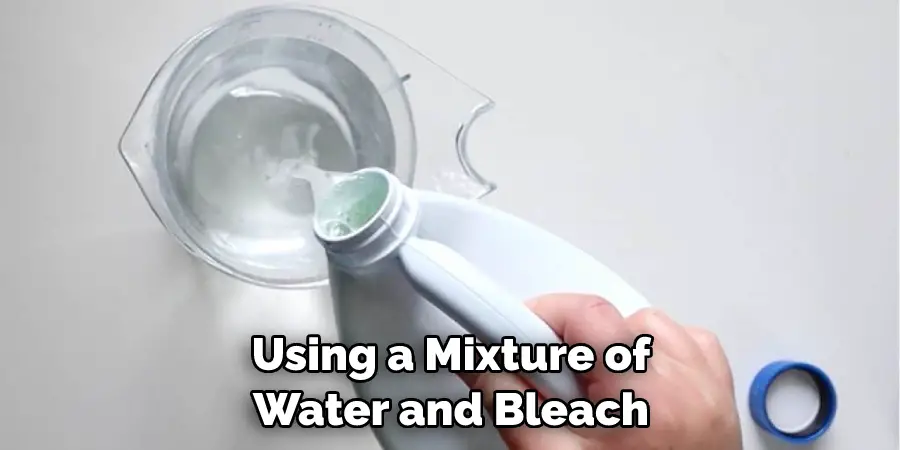
6. Replace Damaged Subflooring
In severe cases of subfloor water damage, it may be necessary to completely replace the damaged subflooring. This will ensure that your floor is structurally sound and free from any potential health hazards.
7. Seal and Waterproof the Subfloor
Once all repairs have been made, it is important to seal and waterproof the subfloor to prevent future water damage. This can be done using a waterproofing sealer or paint specifically designed for subfloors.
By following these steps, you can effectively fix subfloor water damage and prevent it from happening again in the future. It is important to address this issue as soon as possible to avoid further damage and potential health hazards.
How Can You Prevent Future Water Damage Once Your Subfloor Has Been Repaired?
Here are some tips to help you keep your subfloor in good condition and avoid potential water damage in the future.
1. Identify the Cause of Water Damage
Before you can prevent future water damage, you need to understand what caused it in the first place. Common causes include leaky pipes, overflowing bathtubs or sinks, and flooding from heavy rain. Once you have identified the source of the water damage, you can take steps to address it and prevent it from happening again.
2. Fix Any Plumbing Issues
If your subfloor water damage was caused by leaky pipes or plumbing issues, it’s important to fix these problems as soon as possible. This may involve hiring a professional plumber to repair or replace any damaged pipes or fixtures. Regular maintenance of your plumbing system can also help prevent future leaks and water damage.
3. Ensure Proper Drainage
Proper drainage is key in preventing water from seeping into your subfloor. Make sure that your gutters are clear of debris and functioning properly, as clogged gutters can lead to water pooling around your home’s foundation. It’s also important to check that the ground around your home is sloped away from the foundation, as this can prevent water from seeping into your home.
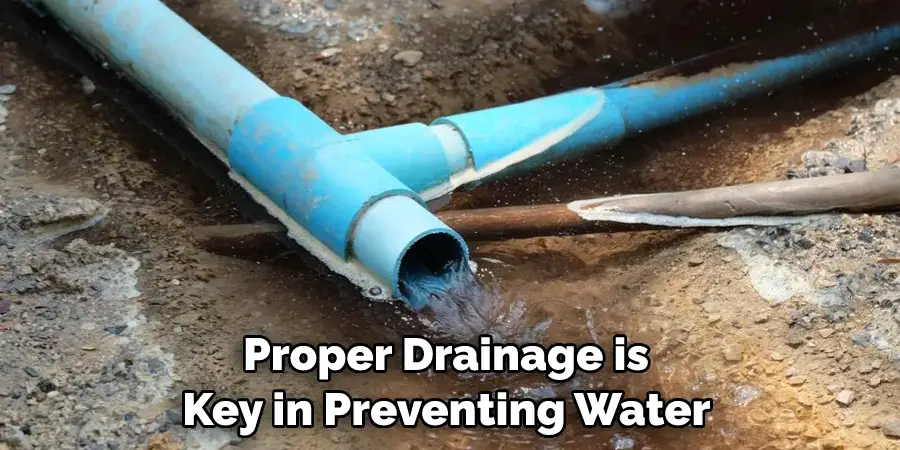
4. Keep an Eye on Your Appliances
Household appliances such as dishwashers, washing machines, and refrigerators that use water should be regularly checked for leaks. Make sure to also replace any damaged hoses or connections to prevent potential water damage.
5. Monitor Humidity Levels
High humidity can lead to moisture buildup in your home, which can eventually cause water damage to your subfloor. Use a dehumidifier if necessary and make sure to properly ventilate areas prone to high levels of humidity, such as bathrooms and basements.
6. Act Quickly on Any Signs of Water Damage
If you notice any signs of water damage, such as discoloration, musty odors, or warped flooring, it’s important to act quickly. Ignoring these signs can lead to further damage and potentially costly repairs in the future.
Conclusion
In conclusion, when it comes to fixing subfloor water damage, there are a few disadvantages that should be taken into consideration. These include the potential for mold growth, structural damage, and potential health hazards. However, with the proper knowledge and tools, these disadvantages can be mitigated and the process of fixing subfloor water damage can be successful.
One disadvantage of fixing subfloor water damage is the potential for mold growth. Standing water or dampness can create the perfect environment for mold to thrive, which can be harmful to your health and difficult to remove. To avoid this issue, it is important to thoroughly dry out the subfloor and surrounding area before beginning any repairs. I hope this article has been beneficial for learning how to fix subfloor water damage. Make Sure the precautionary measures are followed chronologically.

